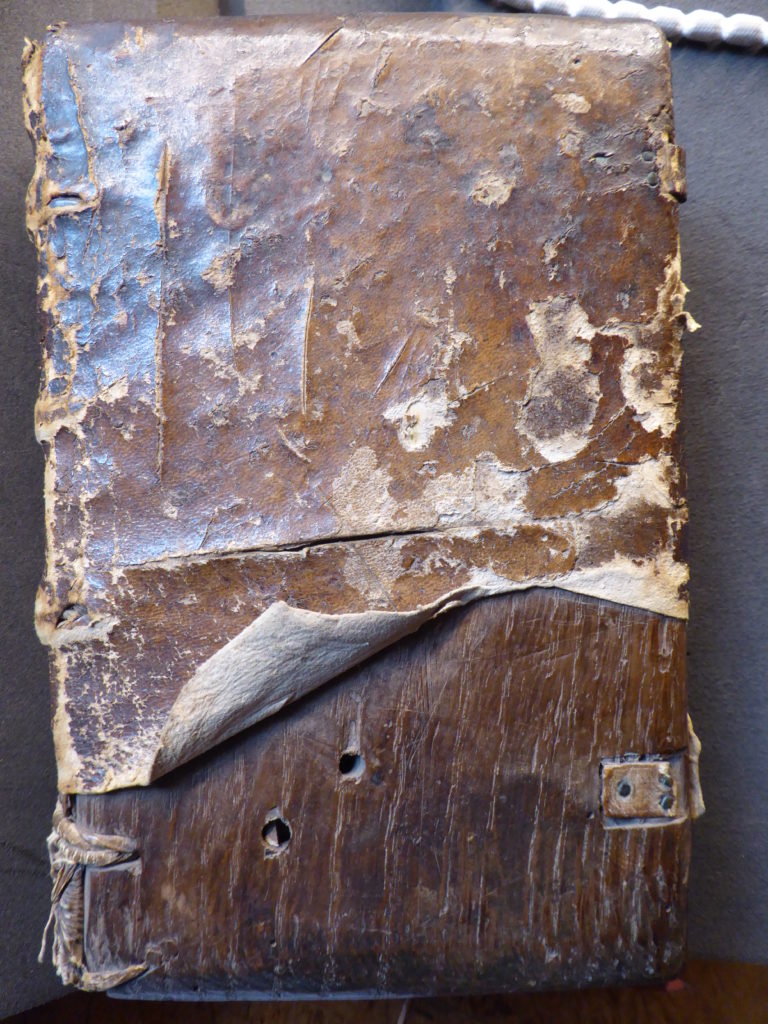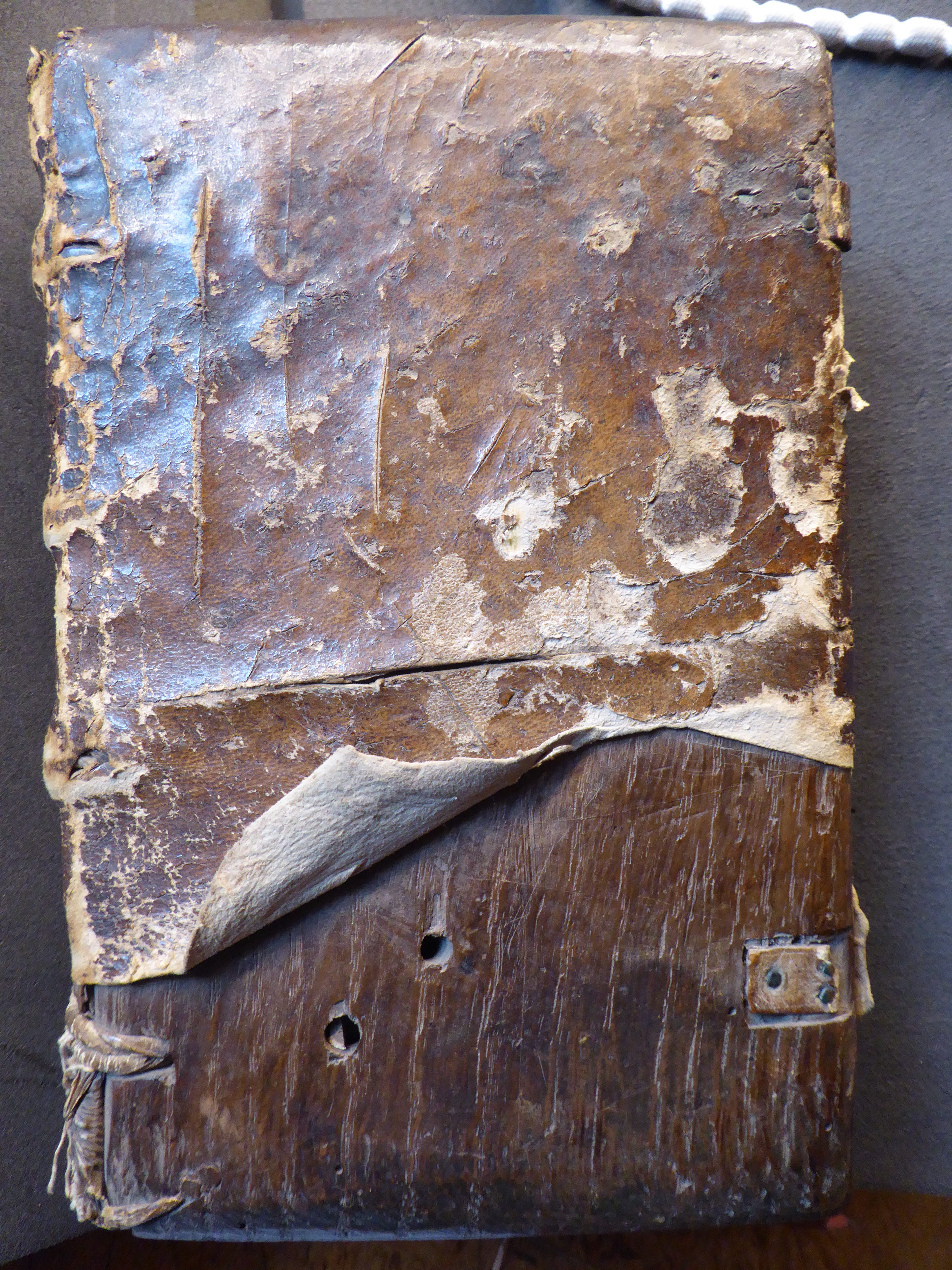I have a new article out, and a pretty weighty one too: at c.12,000 words, drawing on evidence of 1,511 (probably) lost medieval books gleaned…
Leave a CommentTag: palaeography
As it’s the time of year when new graduate students collide with old handwriting for the first time, I recently wrote a short Twitter thread…
Leave a CommentThis is a trimmed and lightly edited version of a paper I gave in the Bodleian’s Weston Library in January 2019. I was asked to say something useful to graduate students across a range of humanities disciplines, and so I set out to demonstrate the potential interest of manuscripts which might seem to us to be normal and boring.
I think there might be some useful points made here, and I doubt I can publish it elsewhere, so I’m going to put it out as a blog post in case it might help anyone.
I’d like to look at a ‘dull’ or ‘mediocre’ later medieval English literary manuscript and bring out what might be interesting about it. Such manuscripts by no means the ugliest and messiest productions, but they’re also a long way from being the most luxurious, and they rarely receive attention.
It is (I think) by looking at seemingly dull, normal manuscripts that we might learn the most: normal manuscripts are the crucial context for the exceptional books which excite us, and normal manuscripts also let us study normality, a neglected topic in and of itself.

Let’s consider MS Laud Misc. 486. This book contains a copy of The Prick of Conscience, the most widely-witnessed medieval English poem. We usually ignore this text because of the sheer number of surviving copies and because of its content, which modern taste finds rebarbative. The poem is followed by a copy of Gregory the Great’s Cura Pastoralis by the same scribe.
The very brief online description of this manuscript would probably not excite us. But in fact the book offers many points of interest.
Leave a Comment